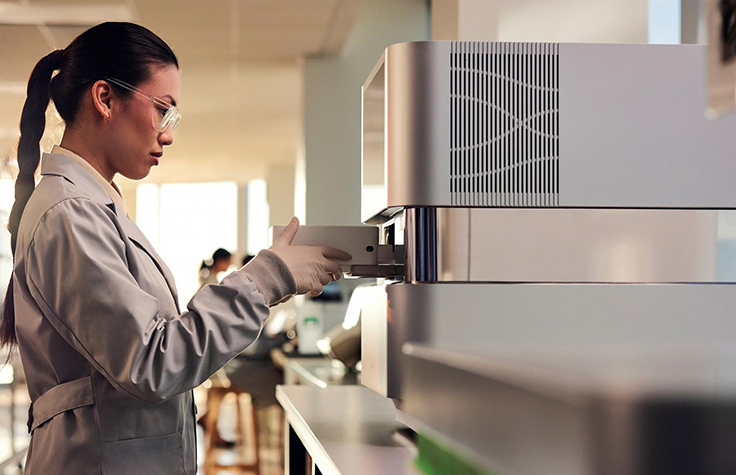Hiii
Good [morning | afternoon | evening | night]
I used fastqc to qualify my data. At the beginning I had failure in (Pair base sequence content, Per base GC content, Per sequence GC content and Sequence duplication levels ). I noticed the most error was due to 9 first bases, so I trimmed them by trimmomatic. After that I still get error in (Per sequence GC content and Sequence duplication levels).
For per sequence GC content, it is more than normal.
For Sequence duplication levels the graph raises up after 9.
(1)What should I do with them? Is it due to contamination?
Btw my "Sequence duplication levels" has only one red line and no blue line. (2)Why it is like that? Is it related to the version? My fastqc is version v0.10.1
I attached both results in a pdf file.
(3)I know trimmomatic cut the noises, but how much I can trim my sequences without affecting my following analysis? (Of course I can cut a 90 base pairs sequence to a 20 base pairs but for further analysis it is not reliable. For example for cufflinks to measure differential gene expression) So what is the limitation for trimming?
I am so sorry for so many questions.
Thank you in advance for helping me
Good [morning | afternoon | evening | night]
I used fastqc to qualify my data. At the beginning I had failure in (Pair base sequence content, Per base GC content, Per sequence GC content and Sequence duplication levels ). I noticed the most error was due to 9 first bases, so I trimmed them by trimmomatic. After that I still get error in (Per sequence GC content and Sequence duplication levels).
For per sequence GC content, it is more than normal.
For Sequence duplication levels the graph raises up after 9.
(1)What should I do with them? Is it due to contamination?
Btw my "Sequence duplication levels" has only one red line and no blue line. (2)Why it is like that? Is it related to the version? My fastqc is version v0.10.1
I attached both results in a pdf file.
(3)I know trimmomatic cut the noises, but how much I can trim my sequences without affecting my following analysis? (Of course I can cut a 90 base pairs sequence to a 20 base pairs but for further analysis it is not reliable. For example for cufflinks to measure differential gene expression) So what is the limitation for trimming?
I am so sorry for so many questions.
Thank you in advance for helping me

Comment